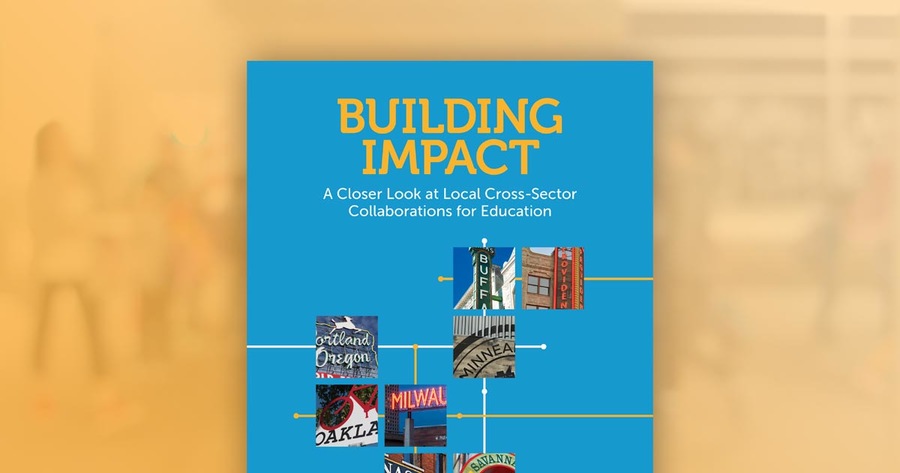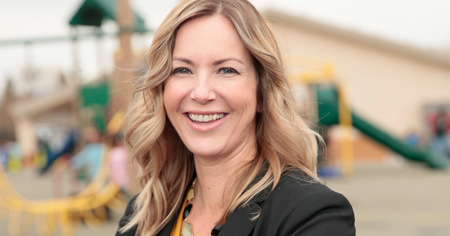Building Impact: A Closer Look at Local Cross-Sector Collaborations for Education, a new report commissioned by The Wallace Foundation, examines cross-sector collaborations to improve education. By researchers at Teachers College, Columbia University, the report offers a comprehensive look at the components of collective impact, from funding to data use to strategic relationships.
Between 2015 and 2017, researchers took an in-depth look at three collaborations (along with a more limited look at five others) via meeting observations, interviews and other activities. They include:
- Say Yes Buffalo, in Buffalo, New York, the second full-city implementation of the Say Yes to Education national organization's framework for supporting student success through wraparound services and a college scholarship promise.
- Milwaukee Succeeds, a cradle-to-career initiative serving Milwaukee, Wisconsin, and an early member of the StriveTogether network of collaborations.
- All Hands Raised, another Strive initiative, partnering with six school districts, among them Portland Public Schools in Multnomah County, Oregon.
These initiatives faced diverse challenges but showed potential for future growth. For managing collaboration, leadership proved to be an integral component, with the collaboration's success depending heavily on the contributions of executive directors of the overall effort.
When it came to garnering funding, the initiatives relied on foundation or government grants or on special initiative funding from a public governmental source. Three strategies were implemented for financial security: lobbying and working with public administrators to establish lineitem budget allocations; developing capacities for raising "soft money" from foundations, individuals, and governmental grant programs; and advocating for state-level funding, sometimes alongside additional collaborations.
Despite the appeal of the use of data, several collaborations had trouble obtaining data from nonresponsive or insufficient sources, along with additional obstacles. The report notes, however, that available data was in fact being used for continuous learning and feedback, coordination of services, and public reporting and accountability. The report also notes that relationships with local school governance systems, and national support networks, proved to be critical.
Additional findings include:
- Collaborations need a credible and compelling rationale, and committed advocates, to get started.
- Collaborations can serve as venues for advocating and developing a cradle-to-career vision of education, even when resources to carry out that vision aren't fully in place.
- Most of the studied collaborations assigned leadership responsibilities to local elites and used a variety of venues to keep community members informed and engaged.
- Supporting a "backbone" organization to coordinate among the various players is a primary expense of collaboration.
- Collaborations seem to be helped, not hindered, by efforts to gather and use data, despite a range of obstacles such as privacy concerns and uncertainty about which metrics to use.
- Affiliation with national networks gives collaborations access to strategic ideas, program guidelines, technical support and some funding opportunities.
- Some collaborations take a "colorblind" approach, directing resources to students who need them without explicitly focusing on specific groups; others directly take on racial inequality and class disparities.
It should be noted: Case studies show collective impact efforts in education can be a slow but steady process and often require time to mature and produce highly visible positive outcomes.
Visit http://bit.ly/Building_ Impact to view the full report.
Written by Sarah Suydam, Staff Writer for AfterSchool Today.
This article originally appeared in the Spring 2020 issue of AfterSchool Today.




